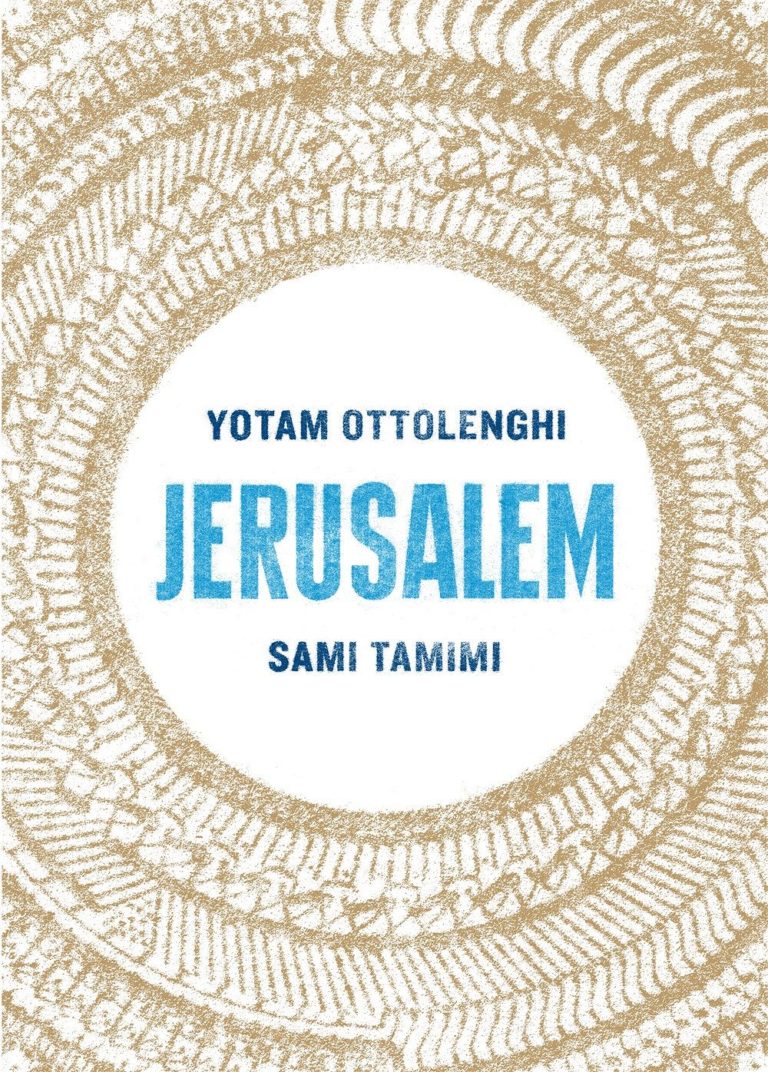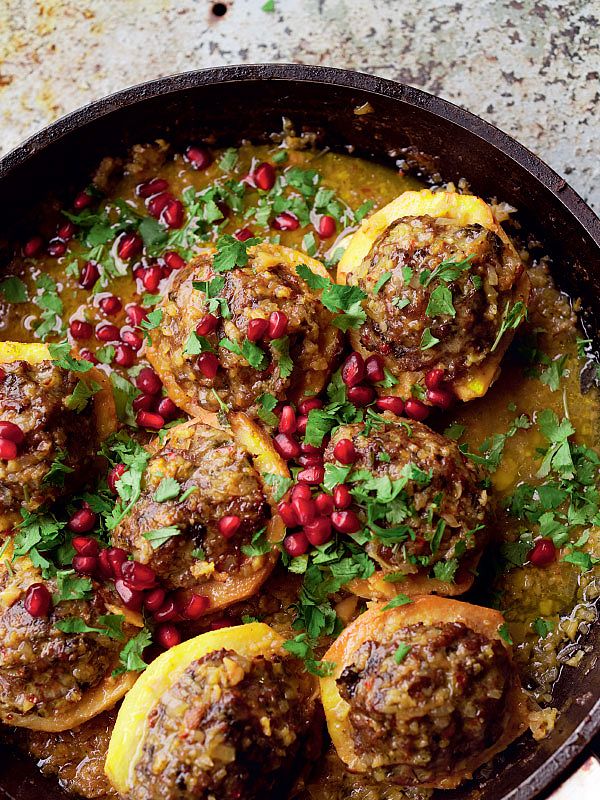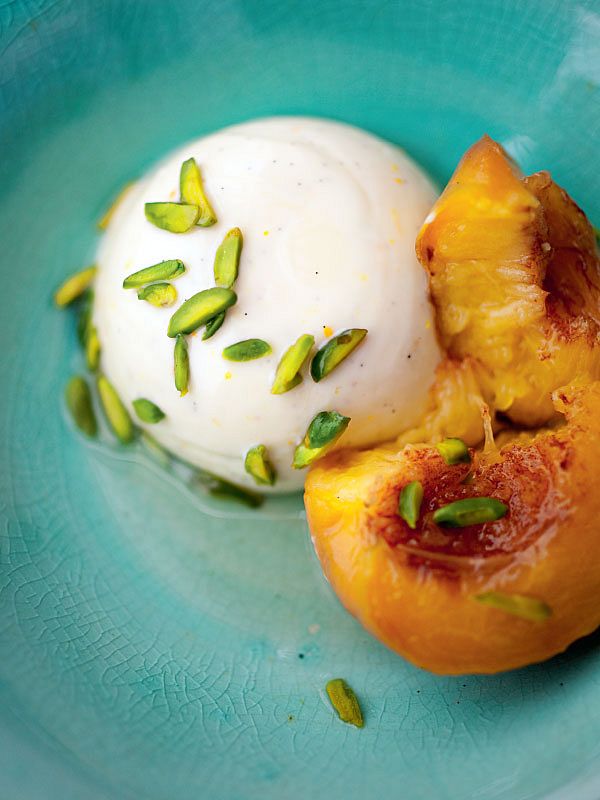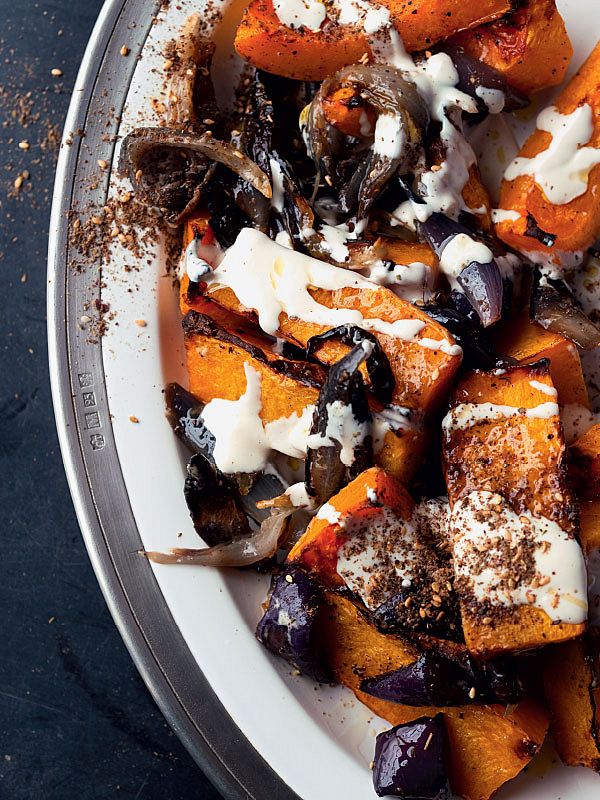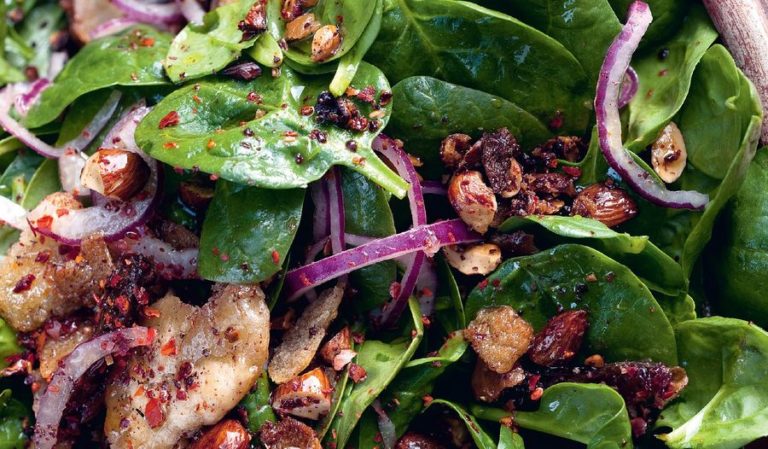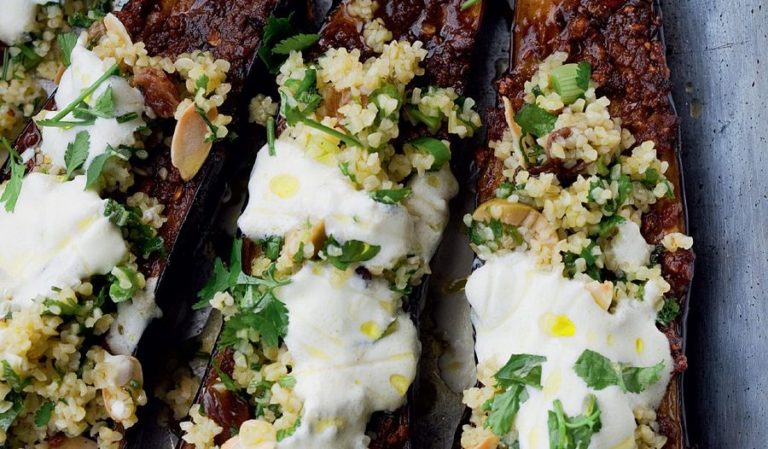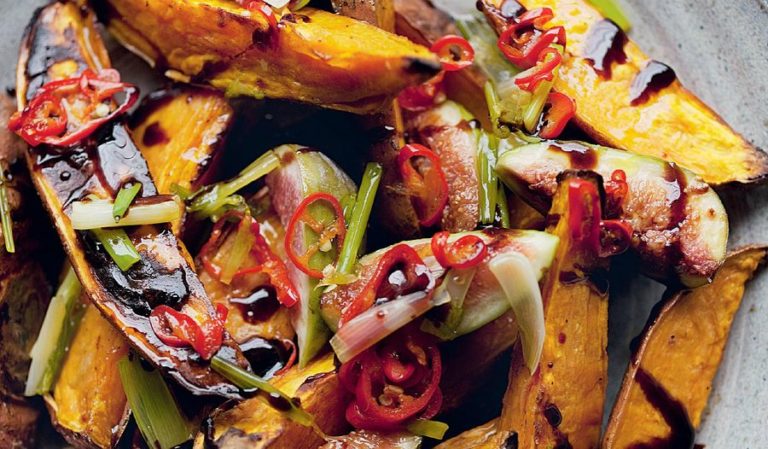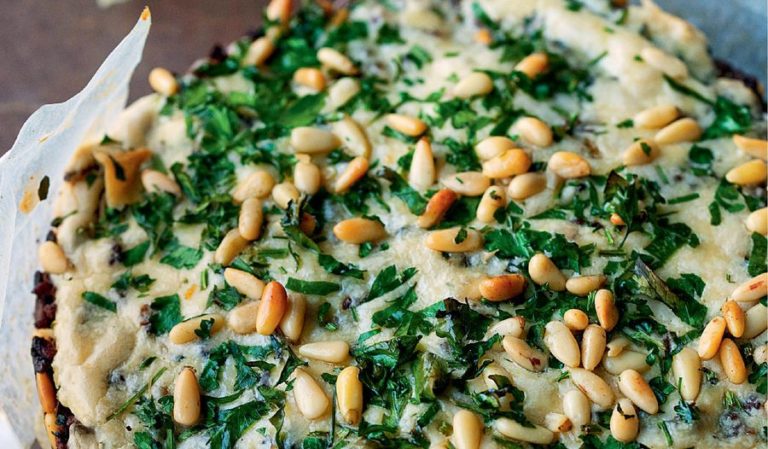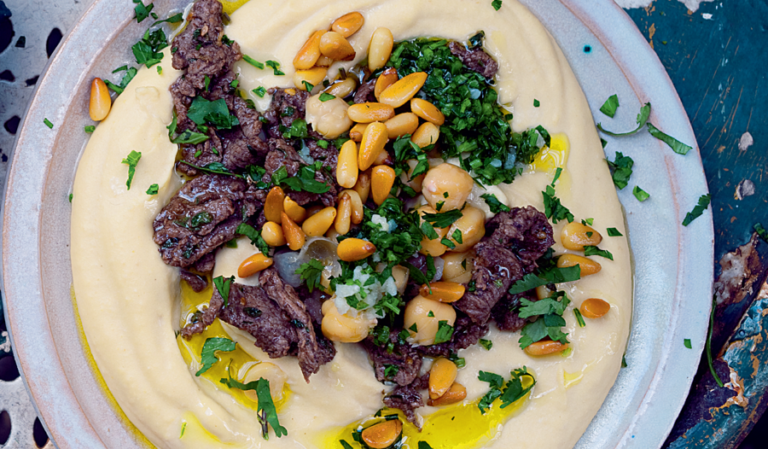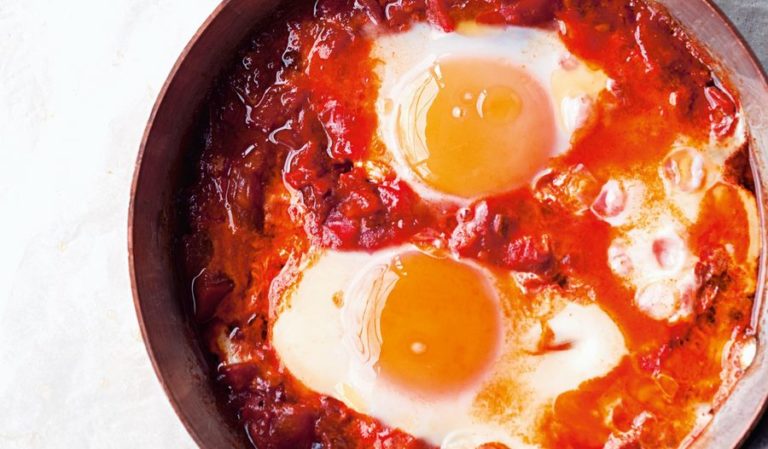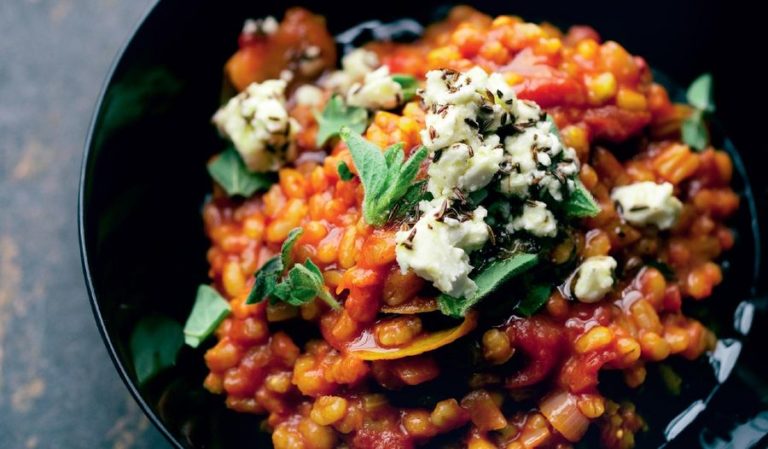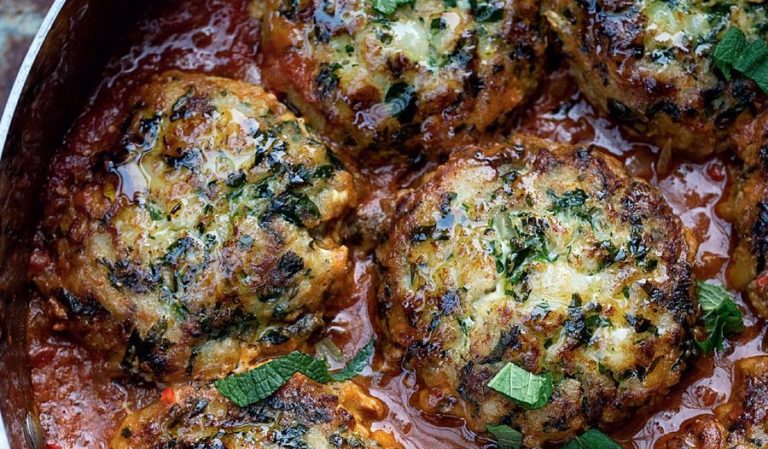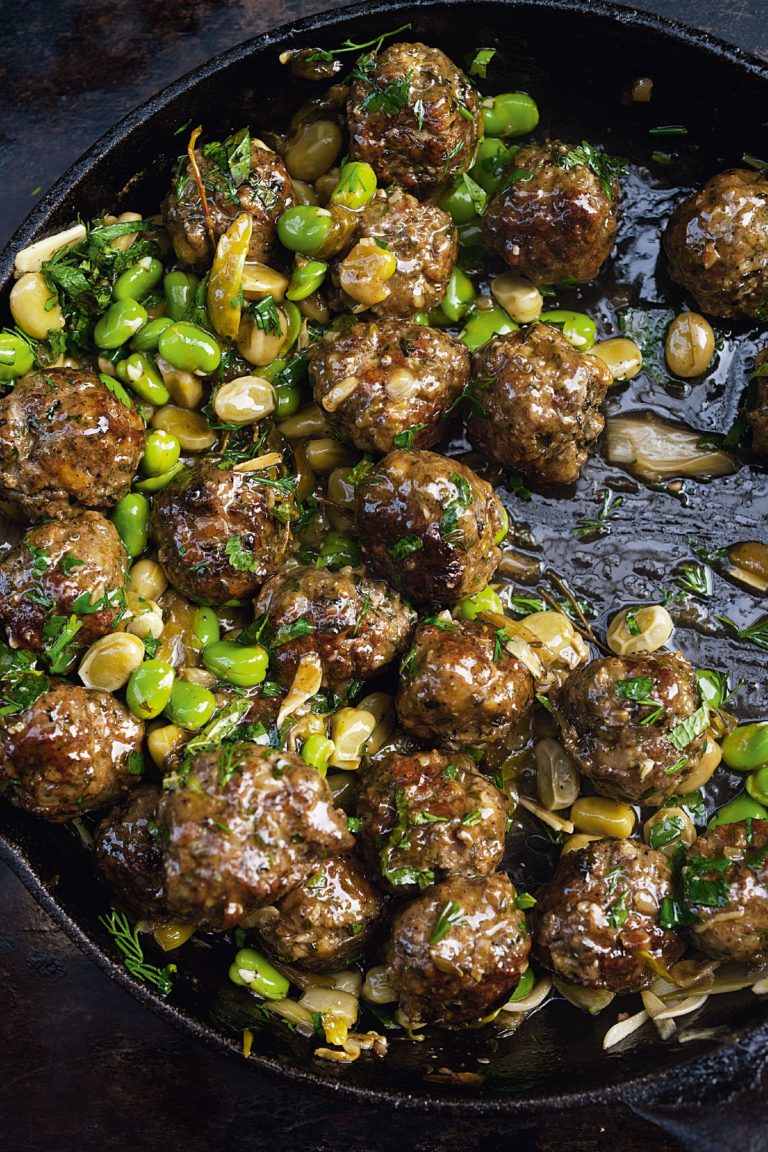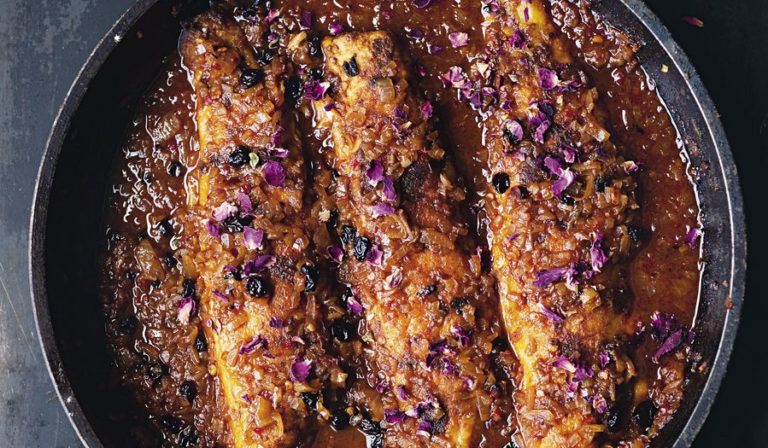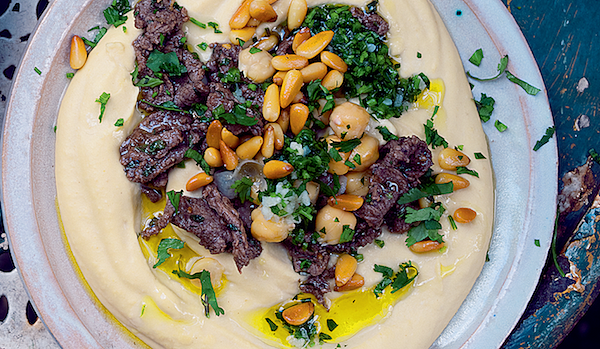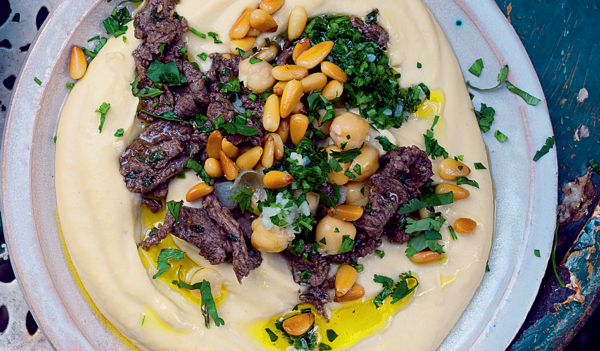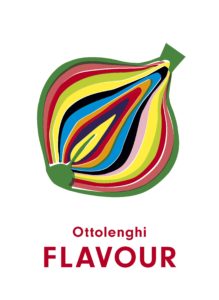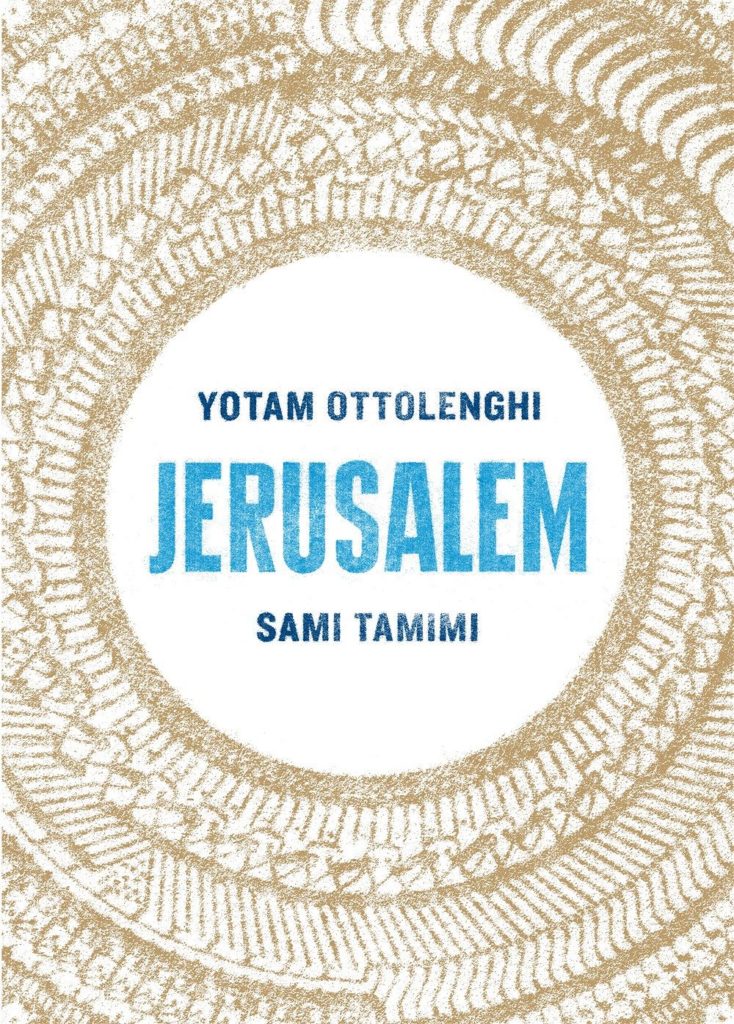Jerusalem
Published
06 September 2012
Yotam Ottolenghi and Sami Tamimi are the writers behind the bestselling Ottolenghi: The Cookbook. Their chain of restaurants is famous for its innovative flavours, stylish design and superb cooking.
At the heart of Yotam and Sami’s food is a shared home city: Jerusalem. Both were born there in the same year, Sami on the Arab east side and Yotam in the Jewish west. Nearly 30 years later they met in London, and discovered they shared a language, a history, and a love of great food.
Jerusalem sets 100 of Yotam and Sami’s inspired, accessible recipes within the cultural and religious melting pot of this diverse city. With culinary influences coming from its Muslim, Jewish, Arab, Christian and Armenian communities and with a Mediterranean climate, the range of ingredients and styles is stunning. From recipes for soups (spicy frikkeh soup with meatballs), meat and fish (chicken with caramelized onion and cardamom rice, sea bream with harissa and rose), vegetables and salads (spicy beetroot, leek and walnut salad), pulses and grains (saffron rice with barberries and pistachios), to cakes and desserts (clementine and almond syrup cake), there is something new for everyone to discover.
Packed with beautiful recipes and with gorgeous photography throughout, Jerusalem showcases sumptuous Ottolenghi dishes in a dazzling setting.
How to
How to make your own perfectly smooth hummus
Learn to make silky smooth Middle Eastern hummus with a few pointers from Yotam Ottolenghi and Sami Tamimi.
Recipe Collections
A sumptuous Middle Eastern dinner party menu
Throw a sumptuous Middle Eastern inspired dinner party with our menu, with recipes from the likes of Yotam Ottolenghi, Silvena Rowe and more.
More books by Yotam Ottolenghi
Ottolenghi COMFORT
Yotam Ottolenghi, Helen Goh, Tara Wigley, Verena Lochmuller
Extra Good Things
Yotam Ottolenghi, Noor Murad, The Ottolenghi Test Kitchen Team
OTK: Shelf Love
Yotam Ottolenghi, Noor Murad
Ottolenghi FLAVOUR
Ixta Belfrage, Yotam Ottolenghi
